Centre plans a 30% hike in charges for small airports; Adani-run Lucknow Airport also seeks steep hike
Radhika Bansal
01 Mar 2023
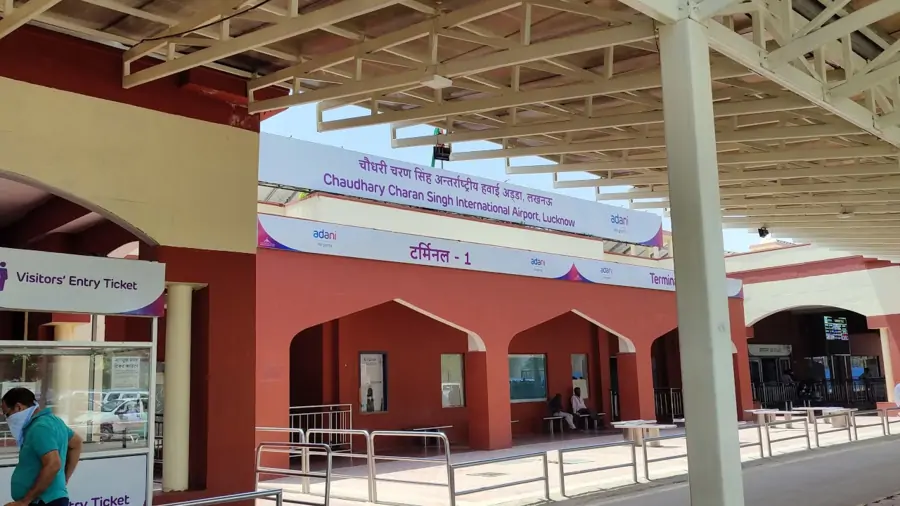
Flights to and from smaller cities and towns are likely to cost more as the Centre has proposed a 30% hike in charges for small airports. The final decision on the same is awaited as the stakeholders might submit suggestions.
The Ministry of Civil Aviation has released a draft concept paper on the determination of aeronautical tariffs for airport services at non-major airports. It has proposed a hike in landing and parking fees for aircraft by 30% and increasing user development fees by four times.
If approved, the new rates would be applicable for airports catering to less than 3.5 million passengers. The hike in fees is also applicable for airports that cater to UDAN flights. The Ude Desh Ka Aam Nagrik (UDAN) scheme basically aims at regional connectivity.
In the paper, the ministry said that the Airports Authority of India (AAI) was the major airport operator in the country, but today many other facilities are being developed and operated by private players and states and that the monopoly of a service provider at a local level still exists. The AAI has said that in absence of revision of charges, smaller airports may suffer INR 4,000 crore losses in five years.
According to the draft concept paper, the airports would be divided into three categories:
Cluster 1: 13 airports that handle 1 million and more passengers a year
Cluster 2: 32 airports that handle 0.1 to 1 million passengers a year
Cluster 3: 32 airports that handle less than 0.1 million passengers a year
The decision on the proposal is yet to be finalised. The stakeholders have been told to submit their suggestions regarding the same by February 28.
In Budget 2023, the government said 50 additional airports, heliports, water aerodromes and advanced landing grounds will be revived for improving regional air connectivity in the country. The announcement was made by finance minister Nirmala Sitharaman while presenting the Union Budget for 2023-24.
Over the past few years, the government has been taking various initiatives, especially the UDAN scheme, to boost regional air connectivity.
Adani Group hikes UDF of Lucknow Airport
Flying out of Lucknow could soon get more expensive. The Adani Group-run Lucknow International Airport Ltd (LIAL) has proposed a steep hike in aeronautical charges like landing and parking charges and user development fees (UDF) in three phases starting from starting April 1, 2023, up to April 1, 2025, to fund the ambitious development plans for this place.
The airport operator has proposed raising the existing UDF per domestic departure from INR 192 to INR 1,025 (taxes extra) in this timeframe or over five times. And by nearly the same amount per international departure from INR 561 to INR 2,756 (taxes extra) in the same period. To be sure, this is what the Adani Group has proposed to the Airports Economic Regulatory Authority (AERA).
Adani Group hikes UDF of Lucknow Airport
The regulator will come out with the final tariff order which usually sees lower rates than the ones suggested by airport operators, something that has happened in all tariff orders till now.
While seeking comments on Chaudhary Charan Singh International Airport’s (CCSIA) aeronautical tariff proposal (ATP) for the “third control period” from April 1, 2021, to March 31, 2026, AERA says it “does its own due diligence and rationalises the tariff rates after (an) exhaustive consultation process and finalises the tariff rate card (after) considering the comments/views of all stakeholders. Final tariff rate card issued by the authority is likely to be different from that submitted by the airport operator."
LIAL has also proposed tariff hikes for domestic and international cargo handling services and integrated fuel storage into plane services. While UDF is directly paid by passengers, the other aero tariffs are levied on airlines that accordingly decide airfares based on their operating costs. Combined with anyway high airfares due to a weak rupee and expensive crude prices, the overall airfares could substantially rise.
CCSIA was the 12th busiest Indian airport in pre-Covid fiscal 2019-20 and 11th in FY 2021-22. The total traffic handled by it in FY 2019-20 was 54.6 lakh with 86% being domestic. It has a domestic and an international terminal. Both the existing terminals at CCSIA have been operating at full capacity.
Airports Authority of India (AAI) initiated the development of a new integrated terminal (T3) in September 2018 in an area of over 1.5 lakh square metres to handle 1 crore passengers per annum to be built at a cost of about INR 1,383 crore. “…due to the Covid pandemic and other reasons, the project got delayed and the overall physical progress of the awarded works was only 30%…The airport operator has issued a revised (cost) for INR 2,030.5 crore,” the AERA consultation paper on CCSIA says.
The Adani group is now developing T3. “…construction of T3 has been projected to be completed in two phases. Phase 1 with a capacity of 80 lakh passengers per annum is planned to be commissioned in FY 2023-24. Upon such commissioning, the airport operator (AO) has planned to shift the operations of both T1 and T2 to T3. Consequently, T1 is planned to be decommissioned and dismantled to pave the way for taking up the expansion of T3 in phase 2,” the consultation paper says."
ALSO READ - Lucknow Airport to get an INR 5000 crore upgrade
The capacity addition planned during phase 2 of (T3) is 50 lakh passengers per annum, which is planned for commissioning in FY 2024-25, after which the total capacity of T3 will be 1.3 crore passengers per annum. The AO plans to use T2 for administrative and operational purposes,” it adds.
The airport operator has also proposed a variable tariff plan (VTP) that will offer lower aero charges to scheduled airlines for starting new International routes to promote Lucknow’s direct connectivity. A new international rohas has been unserved for the last three years from Lucknow by any airline already operating flights from the capital of UP.
AERA will hold a stakeholder consultation meeting on March 7 and comments and counter-comments have to be sent by March 24 and April 5, 2023, respectively. The final order will be issued after that.
(With Inputs from CNBC TV18 and The Times of India)
Read next
108 aircraft grounded by 6 Indian carriers due to supply chain constraints
Radhika Bansal
01 Mar 2023
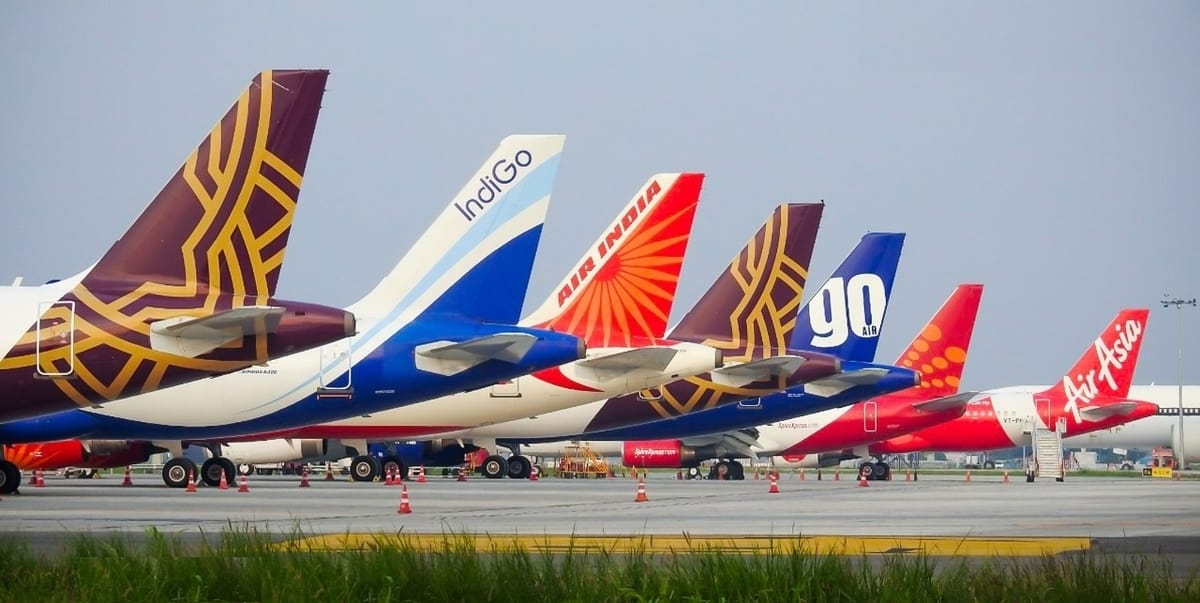
Indian airlines are struggling with a shortage of planes at a time when demand for air travel in India is rising. 108 aircraft are currently grounded across six Indian carriers as a result of supply chain problems and a lack of engine spares, according to a report published in CNBC-TV18.
Going by the available numbers, GoFirst and SpiceJet have the highest number of planes that are not fit to fly. Now SpiceJet and GoFirst, each, have 39% of their fleet, which is the highest fleet among all airlines on the ground.
The six airlines that are in focus are Air India, Air India Express, IndiGo, SpiceJet, GoFirst and Vistara. Although these airlines have not provided a number of their grounded aircraft, according to a fleet tracking site, these six airlines together have 108 aircraft that are not in service. This means they are parked on the tarmac and are awaiting fit to fly clearance.
108 aircraft grounded by 6 Indian carriers due to supply chain constraints
ALSO READ – Around 10-12% of the Indian aircraft fleet grounded due to maintenance or engine-related issues
SpiceJet has 74 planes of which 29 are parked, and GoFirst has 23 of the 59 planes on the ground. IndiGo, the largest airline currently, has 40 of its planes that are not in service which is 13% of its total fleet. And many of IndiGo's planes have been parked for a long time. Air India has 113 aircraft a total of which 13 is 11% of its fleet is on the ground.
ALSO READ - Akasa Air modifies aircraft interiors amid facing global supply chain disruptions
When reaching out to these airlines asking for reasons why their planes are parked. Most of them have blamed supply chain issues and the non-availability of engine spares.
ALSO READ - IndiGo grounds 30 aircraft due to disruptions in the global supply chain
IndiGo says the supply of refreshed engines is slower than expected. While SpiceJet also blamed spares shortage, the airline says some of the parked aircraft are redelivered to lessors but are pending deregistration.
ALSO READ - How Bad is IndiGo’s and GoFirst’s A320 Engine Problem?
IndiGo and GoFirst, both carriers were compelled to ground their aircraft due to delays in engine delivery brought on by significant supply chain disruptions. In contrast to Go First, which is had difficulties filling its capacity and keeping to its schedule, IndiGo has opted to lease planes to meet demand.
ALSO READ - Pratt & Whitney top executives visit India to address engine supply chain issues
Airlines suffer significant financial losses due to Aircraft On Ground (AOG). The airlines anticipate receiving engine deliveries soon, witnessing the aircraft soar into the skies, reduced ticket pricing and less commotion at airports during busy times.
(With Inputs from CNBC TV18)
Read next
Direct flights between India and Copenhagen will resume from March 1, Danish foreign minister Lars Løkke Rasmussen said on February 28. Air India had stopped its non-stop flight between the two capital cities following the coronavirus outbreak.
The carrier, under its new owner, Tata Sons, will restart direct flights on the route from March 1. The flight will leave New Delhi’s Indira Gandhi International Airport on March 1 at 13:30 and reach Copenhagen at 22:20 after 8 hours and 50 minutes.
https://twitter.com/DelhiAirport/status/1630787557759029248
Air India will use its Boeing 787 Boeing Dreamliner for the flight, with a maximum of 256 seats—18 business class and 238 economy class seats. Air India is the only air carrier to operate direct flight services between the two nations.
Earlier this week, Air India's chief executive Campbell Wilson said the airline's focus would be on long-haul and business fliers in addition to leisure passengers.
In February, Air India launched a four-times-a-week non-stop operation from Delhi to Milan, after starting direct flights between Bengaluru and San Francisco in December and new flights between Mumbai and JFK airport in New York from February 14.
Air India set to resume Delhi - Copenhagen direct flights from March 1
ALSO READ - Air India resumes non-stop flights between Mumbai and New York after 4 years
On February 18, Air India resumed non-stop flights between Delhi and Vienna. Flight AI153 operates on Tuesdays, Thursdays, and Saturdays from Delhi, taking off at 14:35 and reaching Vienna at 18:45 (local time).
ALSO READ - Air India resumes non-stop flights between Delhi and Vienna
The new flights are part of Air India's “Vihaan.AI”, which in Sanskrit signifies the dawn of a new era, with identified objectives for Air India over the next five years. The airline plans to increase its market share by over 30% at home, while significantly growing international routes.
ALSO READ – Air India unveils Vihaan.AI – a comprehensive 5 year transformation plan
As part of the plan, Tata Sons, the holding company of the Tata group and the parent company of Air India, is undertaking an overhaul and expansion of Air India and its unit Air India Express.
ALSO READ - From A350s to B777Xs, Air India finalizes the Historic 470 Aircraft deal with Airbus & Boeing
Read next
SriLankan Airlines has set its eyes on Visakhapatnam, the proposed new capital of Andhra Pradesh, as part of its global restructuring plan to tap the tourism potential in South India and Sri Lanka.
The airlines had operated between Visakhapatnam and Colombo for one-and-a-half years since 2017, and the services were stopped later as part of the restructuring plan.
“We are resuming the Visakhapatnam-Colombo air services. In South India, our next destination is Visakhapatnam. Kolkata and Visakhapatnam have been listed in the global restructuring plan of our air services. Soon, more flights will be added to our fleet. At present, we are operating the Hyderabad-Colombo service. In South India, our immediate destination is Visakhapatnam."
Chinthaka Perera, Manager (Andhra Pradesh and Telangana), SriLankan Airlines
The connection looks to build on SriLankan Airlines’ new campaign, titled Dil Full of Sri Lanka. This plan offers special holiday packages for Indian customers. The campaign presents a range of different activities and experiences that appeal to all types of customers in varying price brackets.
“Our economy is now back on track. Religious tourism, including places associated with Hindu mythology, Buddhist sites, and wedding destinations in Sri Lanka is attracting more tourists from India,” Mr. Chinthaka Perera said. In 2022, Indian tourists accounted for a major chunk of those who visited Sri Lanka, he added.
Mr. Chinthaka Perera was here on February 24 in connection with a session conducted on ‘Sri Lanka tourism’ and air connectivity for the tourist agents operating from the Godavari region.
SriLankan Airlines plans to resume Colombo-Visakhapatnam flights
The airline looks to recover from the declining tourism brought upon by the COVID pandemic. SriLankan Airlines is hopeful for a resurgence in travel demand and expects higher tourism numbers in 2023.
The airline remains the largest foreign airline operating in India, offering services to 14 different destinations. The airline operates services in 42 different cities in 20 different countries. SriLankan Airlines participates in oneworld, which allows the airline to offer its passengers service to over 1,000 cities in 160 different countries.
SriLankan Airlines also codeshares with other airlines such as Air Canada, Air India, Etihad Airways, Qatar Airways, and several others. The airline also has an interline agreement set up with Pakistan International Airlines.
SriLankan Airlines currently has 24 aircraft in its fleet, all Airbus planes. The airline operates 12 Airbus A330 planes in two variants and operates an assortment of Airbus A320 and A321 planes as well. In December, it was reported that the airline was trying to lease five additional A320s and five more A330s as well.
ALSO READ - Sri Lanka to resume flights from Jaffna to India
Read next
A Disabled Aircraft Recovery (DAR) kit that can fully recover a narrow-body aircraft during incidents has been deployed at the Delhi Airport. The mobile kit having a capacity of 90 tonnes has been commissioned by the Delhi International Airport Limited, the operating body of the IGI, following a directive from the Directorate General of Civil Aviation (DGCA), the DIAL said on Monday.
In a statement issued, the DAIL said that the DAR kit will be able to recover an aircraft, including A320 and B737, which is unable to move under its own power or through the normal use of an appropriate tow tractor and tow bar.
“The mobile kit has been procured from Germany-based Kunz and can be deployed within 120 minutes in case of an emergency. Besides, a team of 36 personnel has been trained to handle any disabled aircraft situation,” it added.
https://twitter.com/DelhiAirport/status/1629433235800485888
The DAR kit can minimize runway closure during aircraft incidents. “In an emergency, the DAR Kit can be deployed within 120 minutes, post mandatory clearances, drastically reducing response time and inconvenience to passengers or flight movement,” the statement said.
Speaking on the occasion, DIAL’s CEO Videh Kumar Jaipuriar said that the kit has been procured from Germany and would ensure minimum hindrance to passengers during aircraft incidents. “The DAR Kit commissioned today uses the latest technology to ensure minimum hindrance to flight operations during a disabled aircraft situation, by DGCA guidelines. Our airport staff have received specialized training in operating the DAR Kit in Germany and India, for deployment in case of any emergency,” he started.
Besides, the Delhi International Airport Ltd (DIAL) has trained a team of 36 personnel to handle any disabled aircraft situation.
What is the DAR kit?
The DAR kit can minimize runway closure during aircraft incidents. In an emergency, the DAR kit can be deployed within 120 minutes, post mandatory clearances, drastically reducing response time and inconvenience to passengers or flight movement. The mobile kit has been procured from Germany-based Kunz and can be deployed within 120 minutes in case of an emergency. The DAR kit uses the latest technology to ensure minimum hindrance to flight operations during a disabled aircraft situation
ALSO READ - Delhi Airport becomes the first airport in India to run entirely on hydro and solar power
Read next
Evolution of Aircraft Structures: From a simple wood truss structure to the sleek flying machines of today
Sakshi Jain
28 Feb 2023
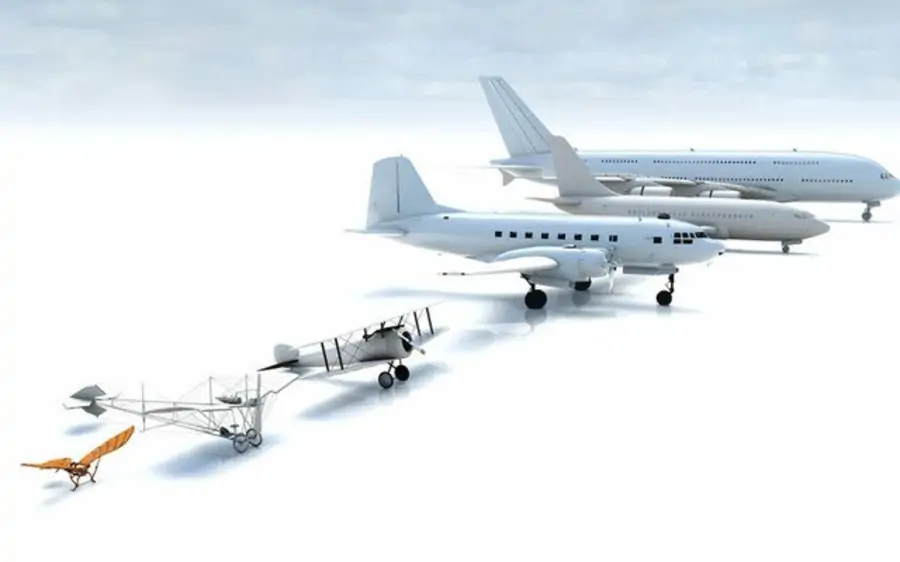
The reliable flying machines we have at present did not emerge overnight. It took decades to get to the advancements and technologies that we have today.
Modern aeroplanes have evolved from basic wood truss designs to sleek, aerodynamic flying machines thanks to improvements in the materials and construction techniques used to build them. The "flying machines" structural makeup has undergone major alteration in conjunction with ongoing powertrain development.
Early days
Early in the 18th century, George Cayley created an effective cambered airfoil. Later, he also created successfully piloted gliders. The concepts of lift, weight, thrust, and drag were all first developed by him. In 1853, Cayley built the first tri-wing glider in which a man flew for the first time.
George Cayley is also known as the ‘Father of Aeronautics’.
George Cayley's Man Carrier
Otto Lilienthal expanded on Cayley's discoveries in the late 1800s. He made and piloted his own gliders on more than 2,000 flights. His willow and fabric aeroplane has wings that were created after thorough research of the wings of birds. Above all, Lilienthal proved that man could fly!
Otto Lilienthal's Glider
Octave Chanute published a definitive work called “Progress in Flying Machines” during the 1890s. He initially created gliders that were similar to Lilienthal's, then his own. In addition to his publication, Chanute contributed to the development of aircraft structure by creating a glider with stacked wings that made use of wires as wing supports.
The Wright Flyer & beginning of Powered Airplanes
The Wright Brothers were aware of the work of all of these men when they constructed their successfully powered aeroplane in 1903. The Wright Flyer had small wings covered in cloth that were joined to wooden truss frames for the most part. The wings were supported by both struts and wires and had forwards and back spars. The Wright Flyer also had two sets of stacked wings.
The Famous Wright Flyer
Innovators and aspiring flyers started creating their own aircraft. Louis Bleriot, a Frenchman, created an aeroplane in 1909 that had noticeable design deviations. He successfully constructed a mono-wing aeroplane. Although wires were still used to hold the wings, a mast that extended above the fuselage allowed the wings to be supported from both above and below. This made it possible to use a single pair of wings to lift an aircraft, which required an expanded wing length. A Pratt truss-style fuselage frame was employed by Bleriot.
Hugo Junkers, a German, was able to construct an aeroplane with a metal truss structure and a metal skin as early as 1910 because stronger engines were available to propel the aircraft forwards and into the air. External wing braces and wires were unnecessary because the core construction was made of metal rather than wood. Moreover, as opposed to a stacked set, his J-1 had a single set of wings (a monoplane).
Hugo Junkers' Junkers J1
Stronger engines helped designers to create thicker wings with stronger spars before World War I. The necessity for wire wing bracing was gone. High-camber wings with flatter, lower-wing surfaces produced more lift. The necessity for multiple reliable aeroplanes increased throughout WWI. The Fokker DR-1 used by the Red Baron was common and was mostly used for reconnaissance flights.
World War I aircraft Breguet 14
Aeroplanes for freight and passengers
Metal became more frequently used in the 1920s to build aircraft. There were built fuselages that could carry both people and freight. The hull-type design of the earliest flying boats served as a model for the semi-monocoque construction of fuselages. Truss-type designs faded.
New, lighter, and more potent engines were used in tandem with all-metal aircraft into the 1930s. Wing designs with stress skin added to larger semi-monocoque fuselages. With all-metal technology, World War II (WWII) led to the development of numerous aircraft designs. As a result of the need for faster flying rates, thin-winged aircraft with deep fuel-carrying wings that store their fuel in the fuselage were developed.
The De Havilland Mosquito, the first aircraft with a composite structure, built the fuselage out of a balsa wood sandwich.
De Havilland Mosquito
Beginning of Commercial Aviation
Higher altitude flight was made possible by the development of turbine engines following WWII. In aviation, pressurised planes were required everywhere. As a result, semi-monocoque construction has to be strengthened further.
The pressurization-depressurization cycle produced metal fatigue, so the all-metal semi-monocoque fuselage structure was improved to increase strength and resist this. To eliminate weak spots where fractures could form, windows and door apertures were designed with rounded corners. Aluminium skin made of an integrally machined copper alloy was resistant to breaking, allowing for thicker skin and controlled tapering. Chemical milling of wing skin structures produced surfaces with excellent performance and tremendous strength.
Construction of wings with variable contours became simpler. The necessity for narrower wings was prompted by the increase in flight speed that came with jet aviation. Wing loading also significantly increased.
Introduction to Jumbo Jets
In order to accommodate passengers, larger and larger aeroplanes were constructed in the 1960s. The jumbo jet's design and construction evolved as engine technology advanced.
The sheer size of the airliners of the day led to a search for lighter and stronger materials from which to construct them, albeit they were still predominantly made of aluminium and had a semi-monocoque fuselage.
In 1954, Boeing manufactured the first B707
With Boeing's airline series, panels with a honeycomb construction were used to save weight without sacrificing strength. Initially, wing panels, flight control surfaces, cabin floorboards, and other applications all use sandwich panels with an aluminium core and an aluminium or fibreglass covering.
Aeroplanes today
From the 1970s to the present, the use of honeycomb and foam core sandwich components, as well as a wide range of composite materials, has steadily increased.
Carbon fibre and other strong, lightweight materials have gradually replaced aluminium as a result of advanced processes and material combinations. These novel materials have been specifically designed to meet performance standards for various aviation components.
Advanced composite materials make up more than 50% of many airframe structures, and some airframes are close to 100% composite. A new breed of jet aircraft composed nearly entirely of sophisticated composite materials is now referred to as "Very Light Jets" (VLJ).
Cessna Citation Mustang, a Very Light Jet
It's likely that noncomposite aluminium aircraft structures will become obsolete, just like the building techniques and supplies employed by Cayley, Lilienthal, and the Wright Brothers.
Source: Aeronautics Guide

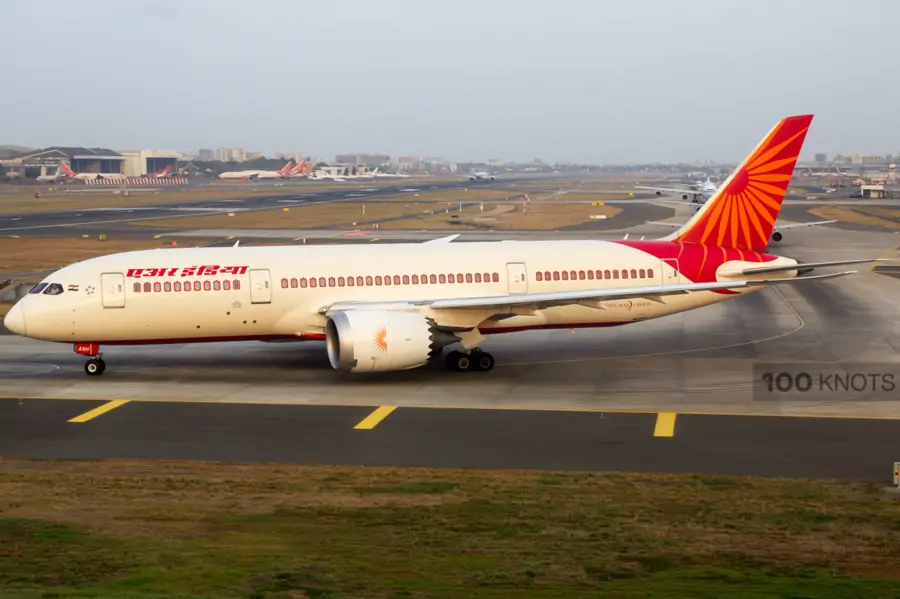
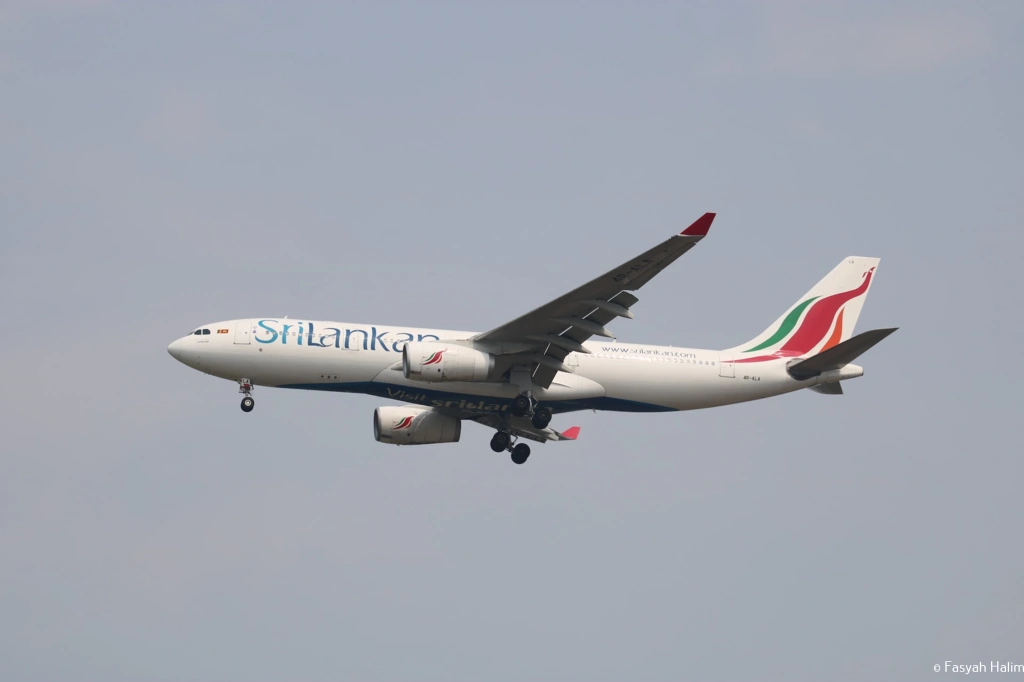
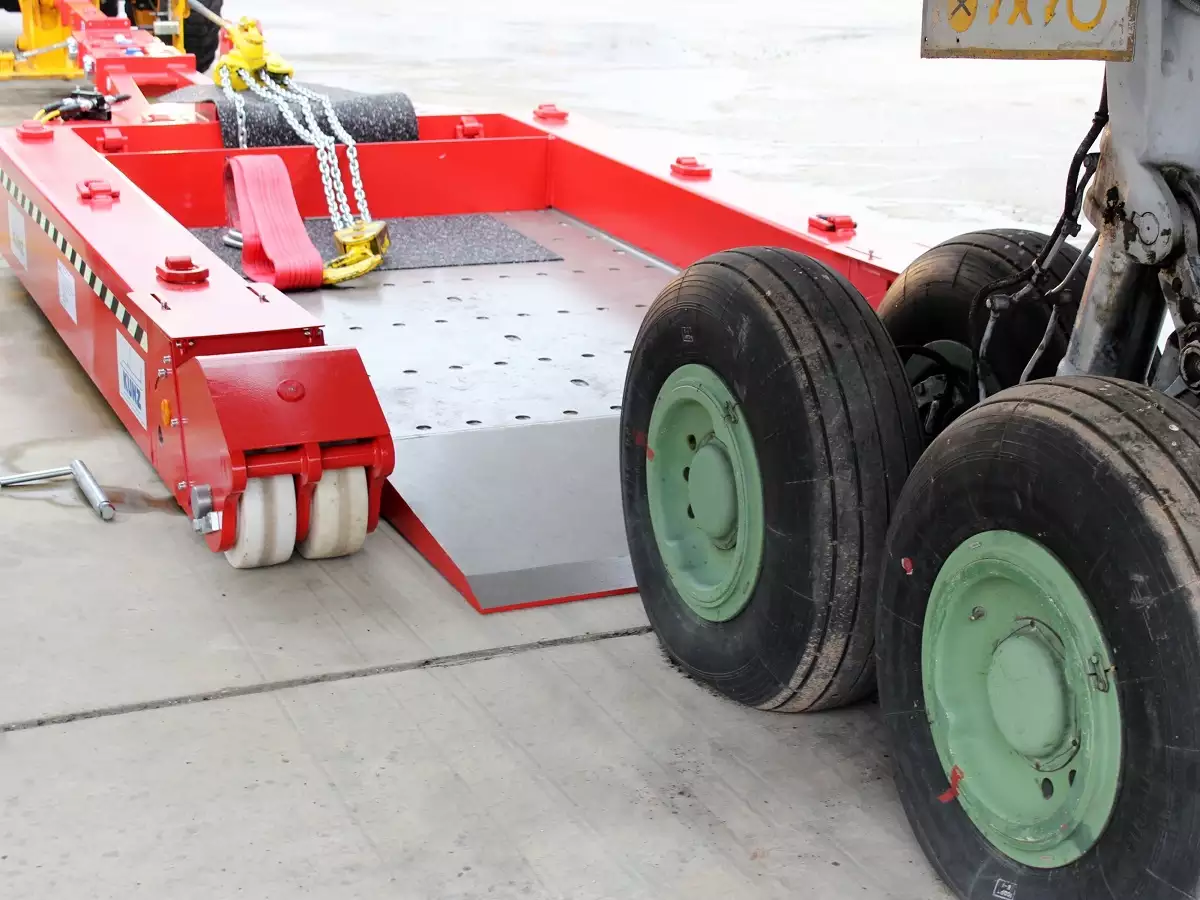

Comment